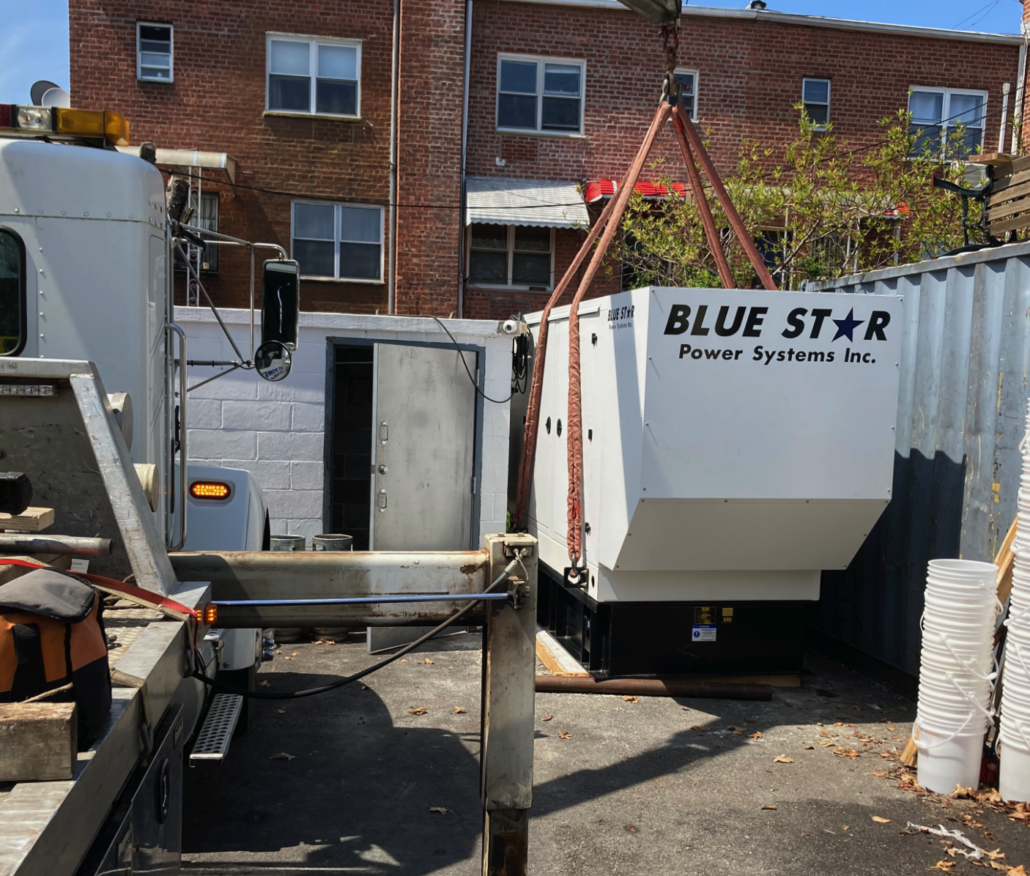Virtual Power Plant through Facility Automation and Installed Generation
First, a study was performed to install a generator to address resiliency issues due to its utility connection to an unreliable feeder loop with historically multiple utility outages and to participate in available utility load management programs as a virtual power plant. Permanent and temporary peak load reductions through automation and manual intervention were considered in order to minimize the generator cost, while providing essential services to keep the facility occupied at acceptable power levels during an outage. In addition, a comprehensive assessment of energy efficiency and microgrid optimization through intelligent automation was developed for implementation. - Temporary reductions at generator startup were identified to reduce start up load to 70kW from 200kW
- HVAC Equipment, including split units and RTUs – Automated load reduction
- Refrigeration – Automated load reduction
- Lighting – Automated load reduction
- Electric resistive heating loads – Automated load reduction
- An automated generator was sized at 70 kW based upon the above to meet resiliency objectives of maintaining acceptable restaurant operations for extend time periods upon a utility outage through switching of loads to meet the varying operational mission at least cost of installation.
- As part of a ASHRAE Level II energy efficiency study, further suggestions were made for kW reductions for management consideration that were selectively included in the sizing decision:
- Shut down manufacturing equipment depending on high peak load days to reduce tariff based costs.
- Large electric baking/cooking loads in the kitchen to be automatically isolated
- Selective dispatch operation of HVAC, refrigeration units to maintain load below 70kW
- Automated transferring of key loads to and from utility feed as needed for maximum utility demand response and outage resiliency
- Kitchen ventilation motor replacement and VFD installation.
- HVAC split units setpoints to be controlled in addition to the RTUs.
- LED lighting replacements and selective interactive automated lighting control
- Photovoltaics to augment peak load usage
Based on immediate cashflow positive investment analysis, most of the recommendations were financed, engineered, designed, and installed: - A web-enabled automated building control system to monitor and optimally control lighting, HVAC, and refrigeration systems were installed to reduce energy cost, improve equipment reliability, generate demand response payments from the utility, and support business resiliency, all installed at a fraction of traditional implementation costs.
- Identified lighting was changed out to energy efficient LED lamps and BMS controllable automated lighting controls based on occupancy detection and lumens were installed
- A Tier 4 diesel generator installation was engineered, designed, and installed for resiliency and demand response as a turn-key solution.
The facility is now on a long term maintenance and demand response program with Operatemybuilding to guarantee the installed equipment and automation is reliably working as intended, as well as the facility’s equipment being monitored is working as intended with no anomalies. |


